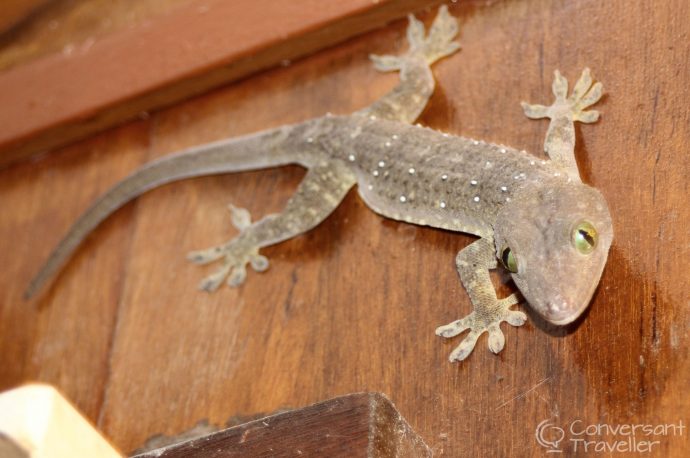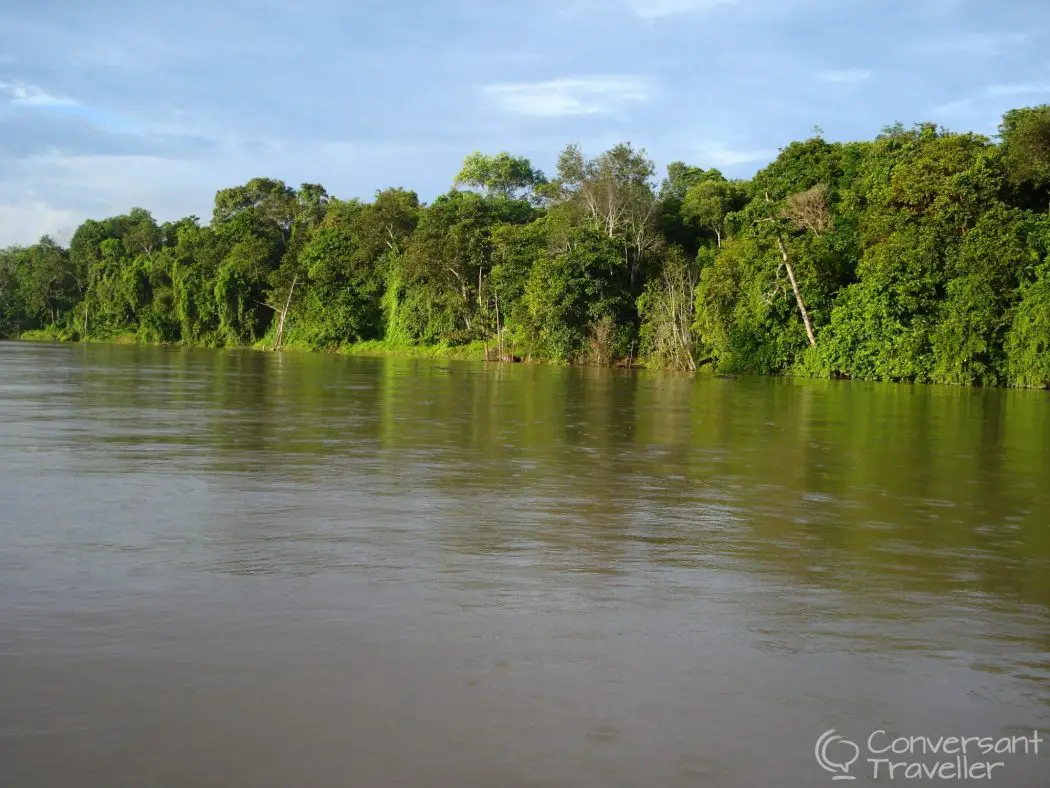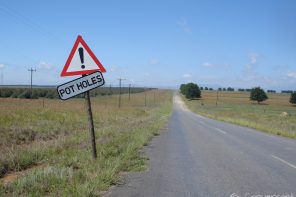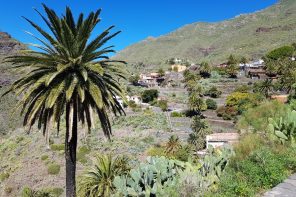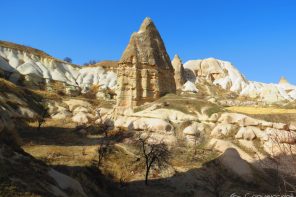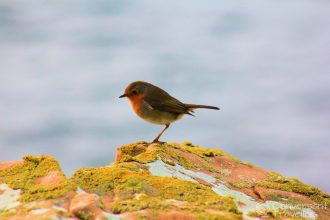Each time we return from a big trip we agree we should be sensible and pay off what we’ve just spent, as well as saving money for all the home improvements and vehicle maintenance that so desperately needs doing. We both know however that none of this will happen and we’ll be back on a plane before we know it. The process goes something like this:
Hubbie: So shall we get a new kitchen this year, like we’ve always planned? Maybe this year we’ll actually do what we say we’ll do!
Me: Sure, that sounds like a plan. Or instead we could go snorkelling in the Galapagos, wine tasting in South Africa or hot air ballooning in Morocco.
Hubbie: Great, we’ll perhaps be able to afford it by October. If we save hard and the wife doesn’t back me into a corner about another holiday. Which of course I’ll agree to in the end, I just don’t like making her life easy.
Me: Do you think we could do with a new fridge too? Oh look, there’s a really cute magnet of an orang utan on there, animals are hubbie’s soft spot!
Hubbie: I’m sure we’d be able to keep this one, it goes with the colour scheme. Bugger, she’s going for the jugular with the animal thing again. Damn-it.
Me: Jolly good, that’s settled then. We’re going to Borneo. Yeay!
So a few months later we were being jolted around in the back of a minibus as we made our way south through acres of palm oil plantations towards the Kinabatangan River in Sabah, Borneo. One of my earliest television memories was a campaign about the plight of the Bornean rainforest (and I didn’t even know where it was then), but I didn’t quite realise the extent of the devastation until we were witnessing it first hand. This of course is the reason for the decline in the orang utan population and the need for rehabilitation centres. It was quite shocking to see the vast swathes of palm-clad land that was once covered in primary forest, as well as giving the impression we weren’t really in the ‘wilds’ of one of the most famously wild islands in the world.
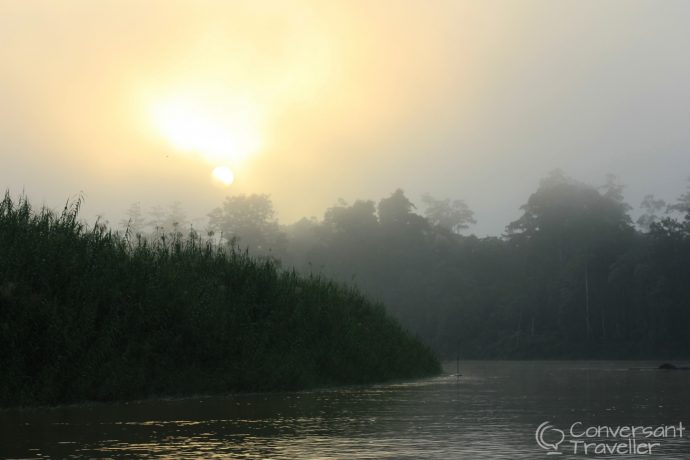
Kinabatangan Nature Lodge
We’d chosen Sabah because we also wanted to go snorkelling in the Tunku Abdul Rahman Islands and visit the Mount Kinabalu National Park. Not to mention the whole reason I got hubbie to agree to this trip in the first place – a trip to Sepilok Orang Utan Rehabilitation Centre. The Indonesian side of Borneo is wilder (and necessarily more inaccessible for those with time constraints and full itineraries) but I was happy that Kinabatangan was a good choice for our first trip.
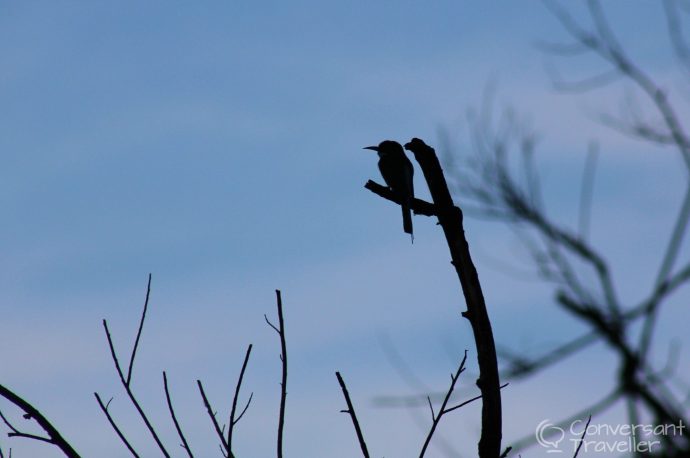
It’s essentially a river corridor of primary rainforest with highly concentrated wildlife due to the destruction of habitats nearby for the palm plantations. Although rather sad, this at least means a good chance of animal sightings, and maybe, if we’re really lucky, an orang utan. I offered up a silent prayer to whoever might be listening to grant hubbie his wild orang utan that I’d all but promised in order to get him to agree to this trip.
As we drew closer to the river the palms gave way to tiny villages and rainforest slowly began to take over. This was more like it. A motor boat ferryed us and our luggage across to what would be our home for the next few days. Kinabatangan Nature Lodge. A fairly basic yet perfectly comfortable and welcoming establishment that offers 2 or 3 nightly packages to go wildlife spotting by boat as well as on foot in the jungle.
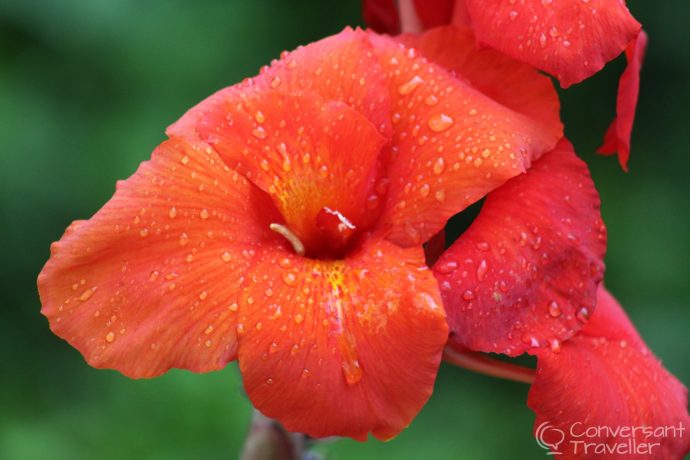
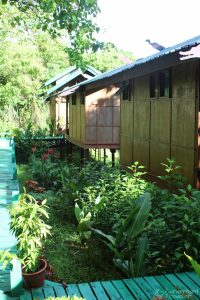
We’d booked into the ever so slightly more upmarket Agamid chalets for a bit more privacy and an actual door on the bathroom. Maybe we’re getting old, but there really are some things you don’t need to hear from your beloved. Our chalet backed straight onto the rainforest, and some of our best wildlife spotting was done right from our veranda.
The food at Nature Lodge was fairly standard but suprisingly tasty canteen style meals. Dining is a friendly communal affair, and we were fortunate to get along well with the other people in our small group. However by the end of the 3 days meal times had clearly become a platform for one-up-man-ship in the country bragging rights contest. We could’ve given as good as we got in that department, and no mate, you’re not the only one at this table to have visited Guatemala, or seen a Cambodian sunrise, but it was more interesting to just sit back and listen to them trying to score points. My best contribution was a snide remark about having never flown with Emirates because they’re so expensive compared to everyone else. Turns out the chap opposite worked for them. Oh well, shit happens.
Messing about in boats
The days operate on a strict schedule, with a large central bell being rung 10 minutes before muster time for each activity. My favourite were the river boat excursions, with proper jungle views on both banks and an abundance of wildlife that far surpassed my expectations.
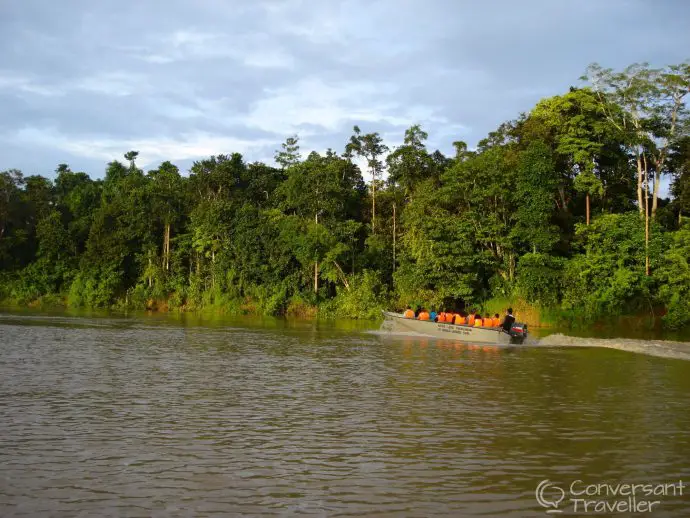
The first trip out we had the entire boat to ourselves, and although the english speaking naturalist was in the other more crowded vessel it was great having almost exclusvie use of our stretch of the river. However the next day we were in a more crowded boat and learnt a lot about what we were seeing from the guide. So really both scenarios had their merits.
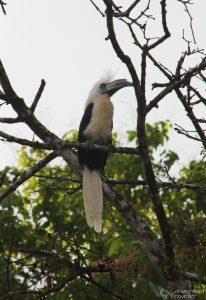
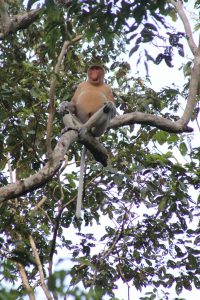
The best beasties had to be the rather bizarre Proboscis Monkeys, with their peculiar noses and nonchalant air of jungle authority. Famously endemic to Borneo, sightings are pretty much 100% guaranteed here at Kinabatangan, and we saw hundreds every day.
The dawn river trips were the most atmospheric, with the rainforest sunrise forcing it’s way through the mists, orchestrated by the calls of monkeys and choreographed with aerial displays of bee-eaters and hornbills.
In the middle of our jungle walk one day we came across a keen ornithologist out with his sound recording equipment and telescopic camera lenses. Apparently he’d been there over a week and was desperate to spot one of the rarer white crowned hornbills. He’d seen the other 7 hornbill species, but had yet to cross this one off his list. Nonchalantly we told him we’d seen one that very morning without even trying. No doubt we didn’t appreciate the sighting properly at the time. I do sometimes wonder if that chap is still there, wandering about the trees with his antenna.
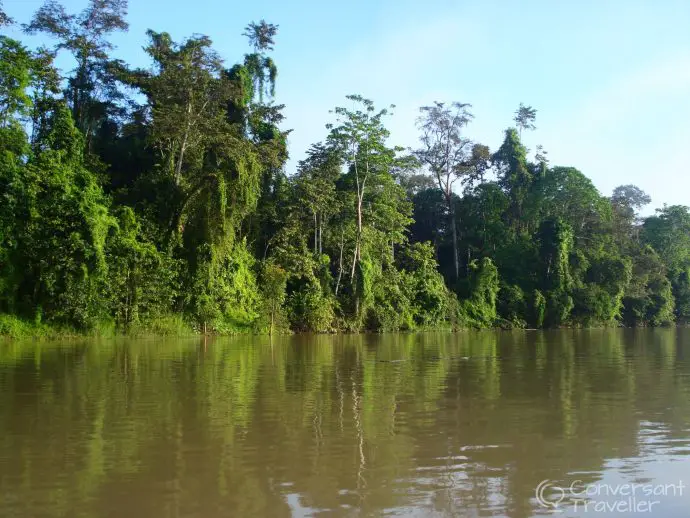
To our amazement our very first river trip yielded a wild orang utan! Result. So what if we only saw a solitary arm hanging down from the top of a distant tree, we’d seen one, and all credit to the guide whose beady eyes spotted it from such a distance. More relaxed now we’d had our sighting we settled into the rest of the programme, not expecting anything more in the old man of the forest stakes. Yet on our last early morning boat excursion we not only came across another wild orang, but he was right on the river edge, in a tree making a nest. Apparently people very rarely see the nest-making, and the guide had never witnessed it before in all his years there, what a privilidge. Hubbie was grinning from ear to ear. Mission accomplished.
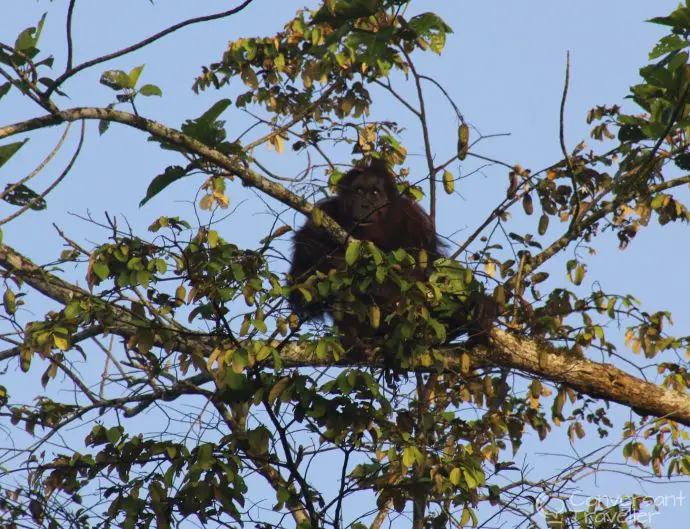
Jungle Hikes
I’d been looking forward to the jungle hikes for months, imagining us as intrepid explorers slashing our way through dense forests on the trail of some exotic creature. In reality the walks weren’t very interesting. Although being in the jungle and admiring the huge trees was fun, there was virtually no wildlife to be seen, except for a leech that decided to snack on one of the more vocal lads on the hike. Then there was the issue of the mud, which is another story. The 3 hour daytime walk took us through the forest to a stagnant brown oxbow lake called Danau Bilit with a rusty iron structure sticking out of it. We did see a butterfly but that was pretty much it. The night walk was much worse underfoot with the mud, and again nothing much to see. Both were good to do for the experience, but the boat will always win hands down in our book.
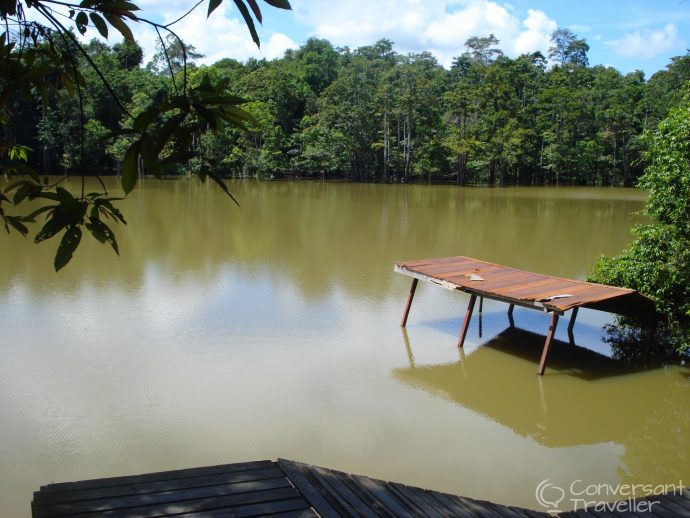
We stayed for 3 days/2 nights and for us, that was a perfect amount of time. Any longer and we would’ve become bored, any shorter and we might have missed something exciting, like our second wild orang. The programme is the same each day so with this option we had several opportunities for wildlife encounters, and indeed weren’t disappointed. We left thoroughly satisfied with our stay and couldn’t have hoped for better sightings on the river, the reason we’d chosen to go to Kinabatangan in the first place.
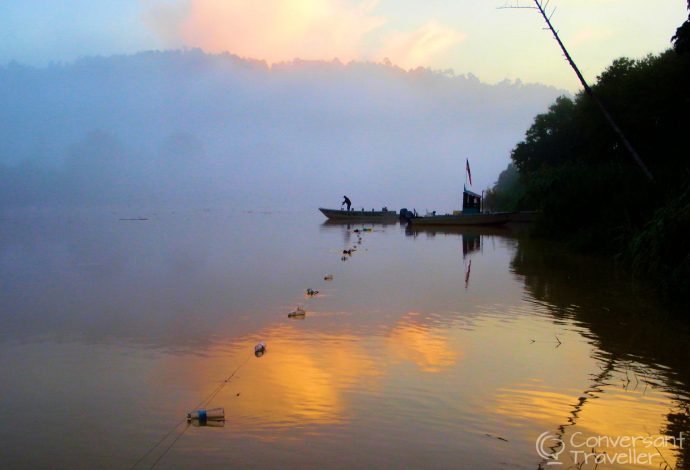
Tips for visiting Kinabatangan Nature Lodge
It is worth paying a little extra for the Agamid chalets for privacy, peace and forest views.
All meals are communal so you’ll need to be a little sociable.
Yes there are leeches, you can see them reaching out to you from the leaves at the side of the trail as you pass. But you really don’t need leech socks unless it’s the height of the wet season (when it’ll be too muddy to walk much anyway). Even then you’ll probably be the only one. The single person in our party who got ‘leeched’ did in fact live to see another day.
Species spotted:
Orang utan, proboscis monkey, silver langur, long-tailed macaque, black-backed kingfisher, blue kingfisher, bee-eater, great egret, white crowned hornbill, black hornbill, oriental pied hornbill, rhinoceros hornbill, Wallace hawk eagle, storm stork, emperor pigeon, leech, mangrove snake, monitor lizard, whip scorpion, huge great big moth, and this cheeky gecko who lived in the roof of our chalet.
